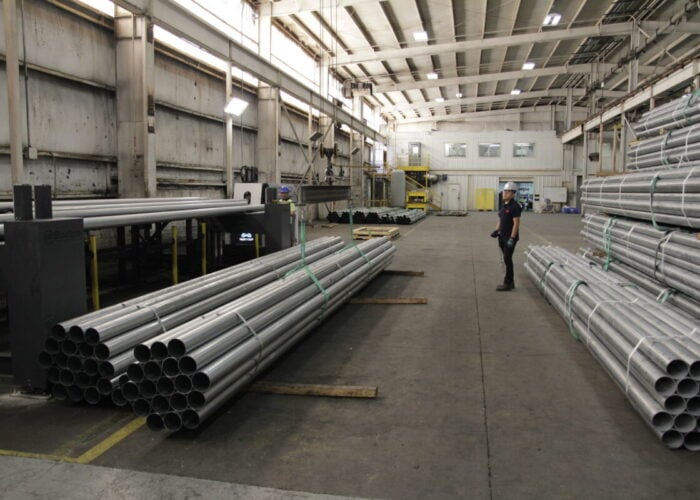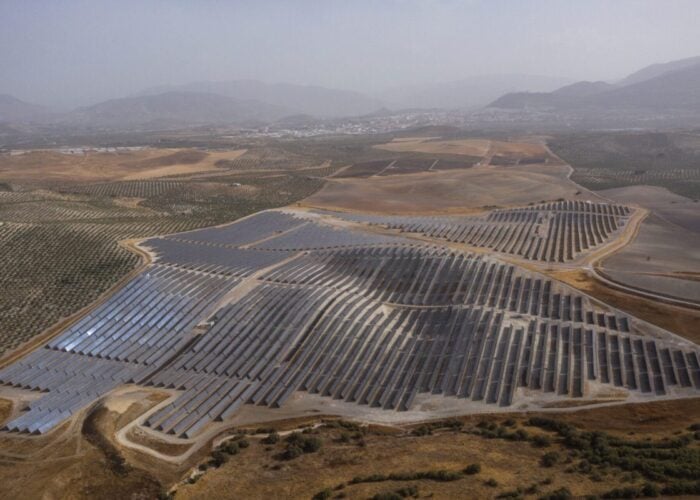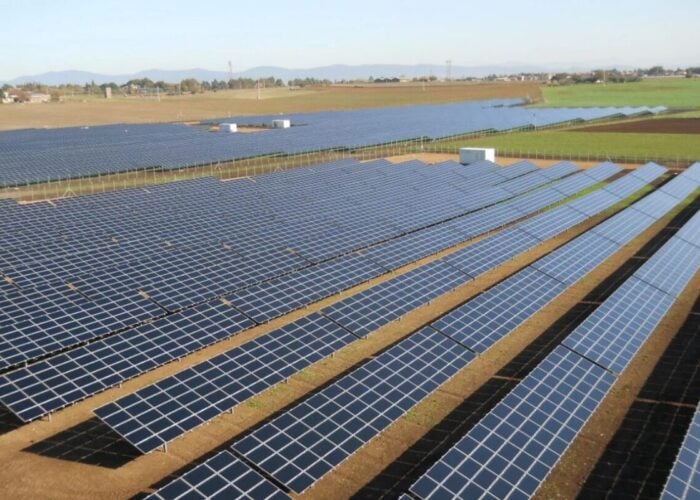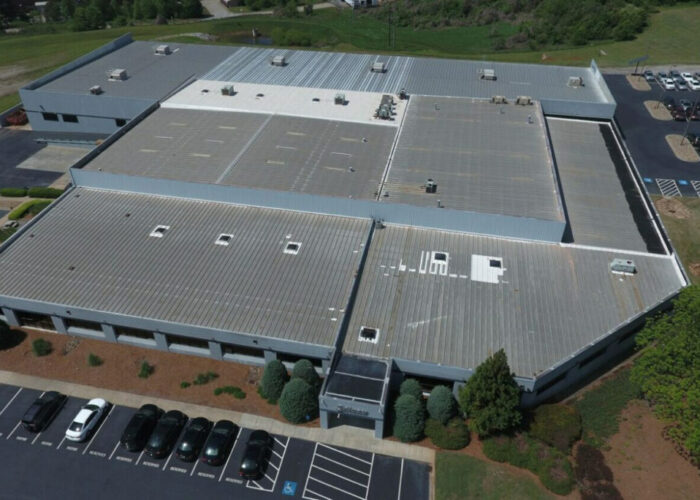In 2019, an interesting trend started to appear in the PV market, in which the increase in module peak power was not being driven by significantly improved cell efficiencies, but instead by simply making the PV modules bigger. Over the course of 2019 and 2020 modules of over 400W started to appear, with some astonishing powers being announced by module manufacturers, including a module of over 800W making its debut at the 2020 SNEC trade fair in Shanghai.
But while in the past we were seeing incremental increases in power within the same size of module as the quality and technology of the cells improved, now we have been seeing very dramatic increases in power being brought about simply by having larger module sizes. The 800W high power module, for example, has a surface area of almost 4m2, while up until the current trend began, the standard 72 cell modules were about 2m2 and were pushing close to 400W in peak power.
Try Premium for just $1
- Full premium access for the first month at only $1
- Converts to an annual rate after 30 days unless cancelled
- Cancel anytime during the trial period
Premium Benefits
- Expert industry analysis and interviews
- Digital access to PV Tech Power journal
- Exclusive event discounts
Or get the full Premium subscription right away
Or continue reading this article for free
It is tempting to look at this trend and think that there is nothing really innovative about all of this. Haven’t module manufacturers essentially just stuck two modules together? It seems as unimaginative as jumbo-sized bars of chocolate; the same chocolate, just bigger! But scratch beneath the surface, and the reality is that none of this could have happened without some important technological advances that happened previously, and that what we are seeing in the market right now is a phase of permanent readjustment to module sizes that simply weren’t possible before. In particular, split-cell, multi-busbar and dense interconnection strategies have opened the doors to numerous possibilities of connecting cells together in a PV module, and this has led us to the baffling range of modules now available in the market.
The use of these large format modules does allow for some important cost savings on the module itself, since one large module uses less metal framing than two smaller modules, and there are some important Balance of System (BOS) savings when constructing a utility-scale PV farm, particularly with respect to cabling and racking systems. These must be traded off against some critical design considerations that arise as a consequence of the increased module size, especially regarding wind-loadings, electrical sizing and planning considerations. But all indications are that the use of the large-scale format genuinely reduce the costs of building utility scale PV plants, and right now they are being rapidly adopted into new PV plant designs. The large-scale format is definitely here to stay.
Although this phase of readjustment is disruptive, all major manufacturers are now embracing the new large-scale formats and are settling around certain standard cell and module sizes. There are signs that the market will start to consolidate around a couple of new ‘standard’ module sizes for utility plants, reducing confusion for installers, and that once again we will start to see incremental increases in power driven by innovations in efficiency, along with an increasing trend towards bifacial modules.

Development of large-format modules
The main technological driver pushing the new large format PV modules has been the changing sizes of wafers, which have increased in size from the original standard 156mm sizes up to the two new competing cell sizes in the market, which are 182mm and 210mm respectively. In the past using such large cell sizes would have been problematic because of higher losses deriving from the higher currents, but the last few years have seen the innovation of split-cell modules. With split-cell technology, the cells are cut into two or three pieces, and the current is divided throughout the three pieces, recombined at a common busbar later on. This reduces the thermal losses and increases the overall thermal performance of the cell.
Additionally, there have been important technological advances such as multi-busbar technology, which has in turn led to methods of reducing or eliminating the distances between cells such as paving, tiling and shingling. These methods greatly reduced the gaps between the cells, and sometimes the cells can even overlap each other. These technologies reduce the resistance of a cell, as well as the resistance between cells, and therefore the larger format modules are not quite as large as they otherwise might be.
These technological innovations ultimately opened a floodgate that have allowed module manufacturers to try out different cell sizes, cutting them up and recombining them in various ways, creating a myriad of new module sizes and types, while still keeping the current and voltage parameters within manageable values for system designers. In some cases the module voltages are even less than those of the 72 cell modules, potentially allowing module manufacturers to use longer string lengths in their design.
All this has led to a somewhat confusing proliferation of different modules in the market, and different manufacturers made their bets on different cell sizes, trying to guess which technology and combination will be the best in the long term. This makes it a confusing time right now for system designers who are being marketed a number of different products, but find it difficult to know which one is really best for their project.
This is an extract of an article first published in Volume 25 of PV Tech Power. The full article can be read in the full digital copy of PV Tech Power 25, which can be downloaded via the PV Tech Store here




